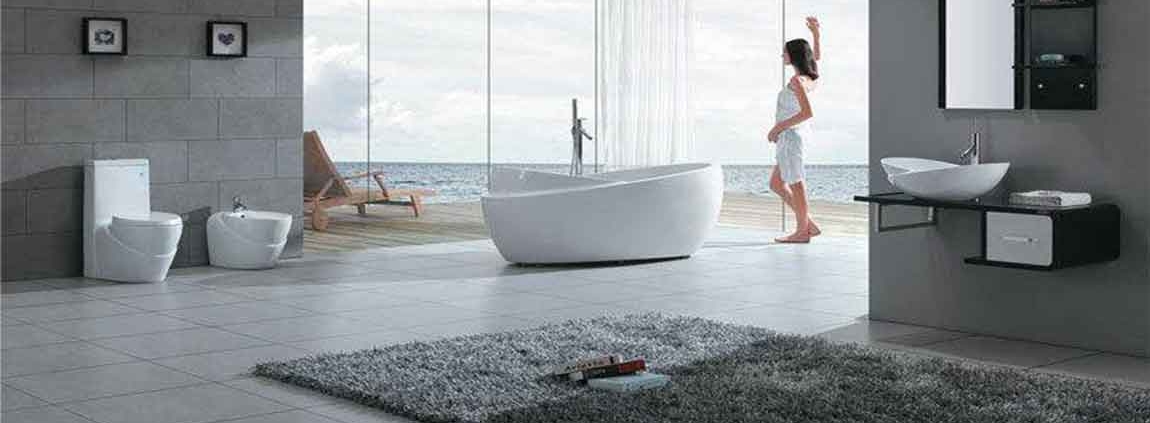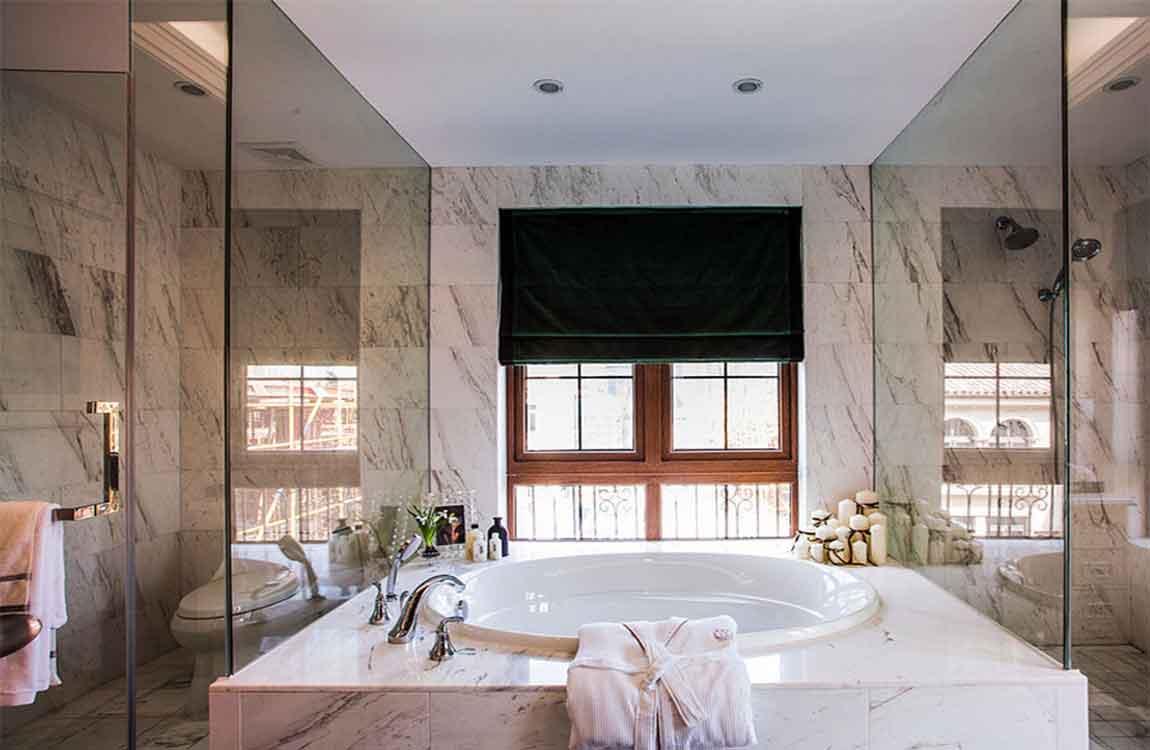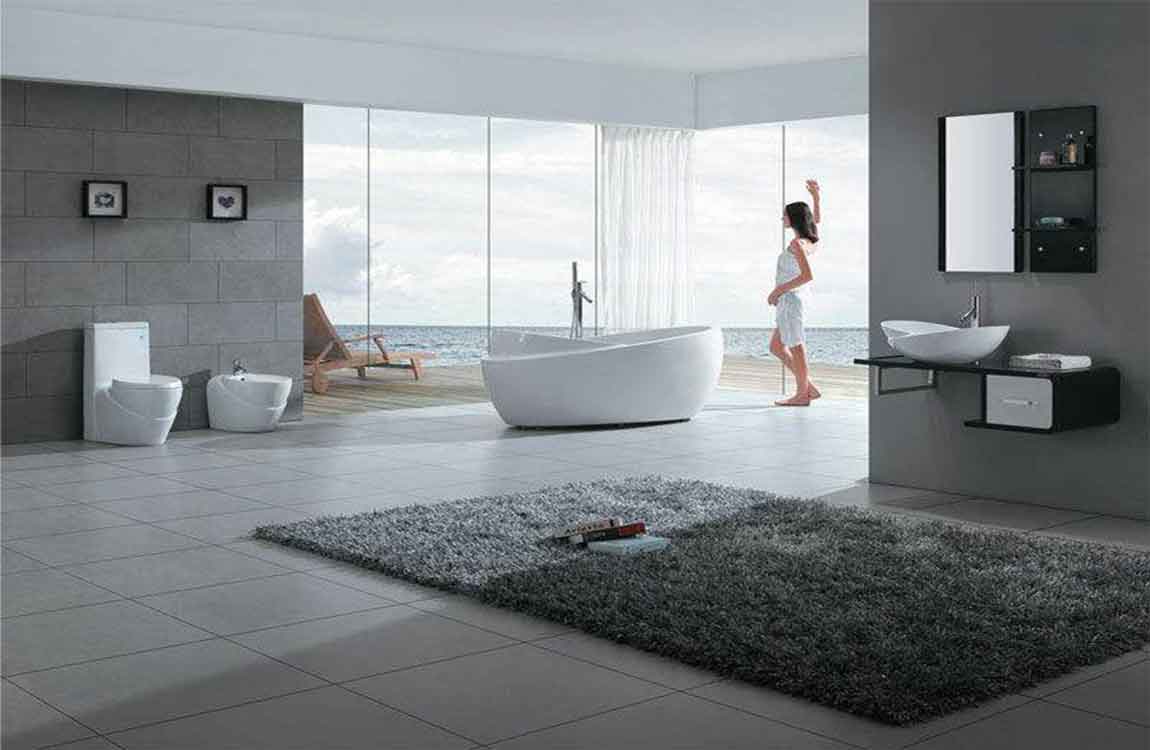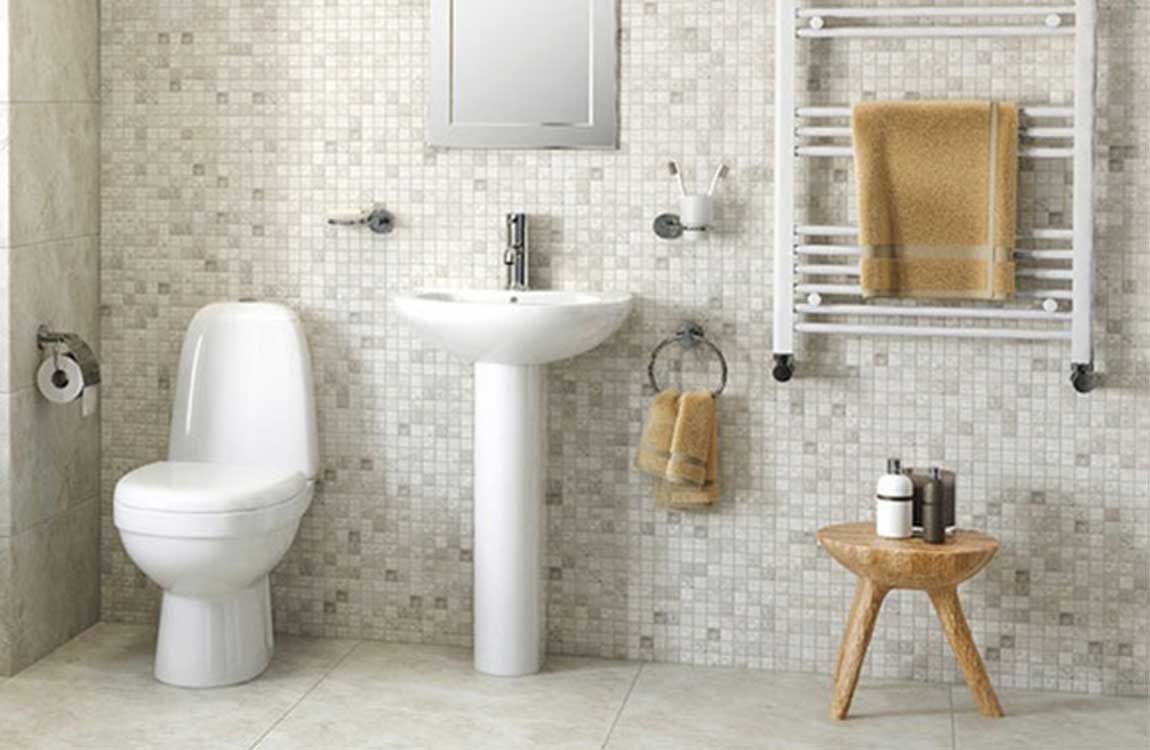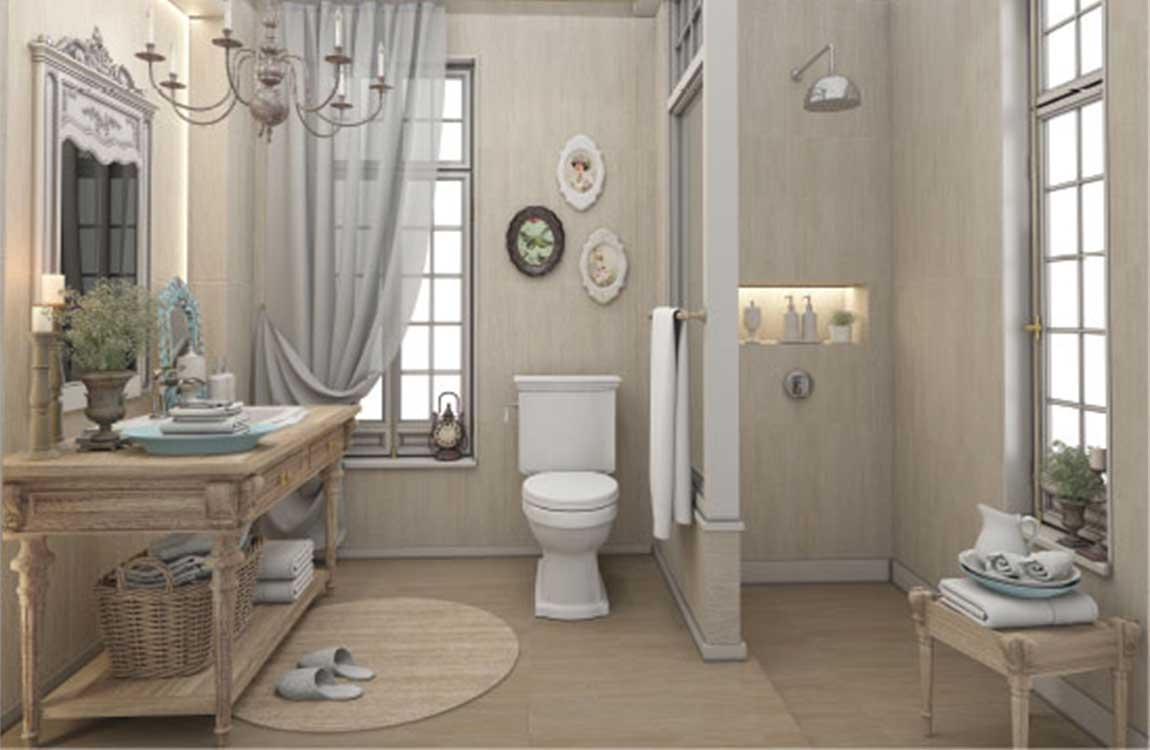How Removing Stains with Lemon Juice or Vinegar?
Apply lemon juice or vinegar to any stained areas. These mild acids are especially effective at removing rust stains. If you use lemon, you can either squeeze the juice onto the stain or gently rub the stain with a lemon wedge. Alternatively, pour a little white vinegar on the stain.
Allow the cleanser to sit for a while. While lemon juice and vinegar are both fairly gentle, they should not be left sitting on your ceramic for too long. Allow the stained area to soak only as long as necessary, or you might risk etching the surface or your sink, which will make it harder to clean in the future.
Try wiping the stained area with a gentle sponge or cloth after half an hour or so to see if the stain is ready to come off. Wipe down the stained surface. Don’t use anything too abrasive. The soft side of a kitchen sponge or a washrag should work for this purpose. While it may be tempting to reach for a Magic Eraser, melamine sponges actually work like a very fine-grained sandpaper, and can scratch up your sink.
Rinse thoroughly. After using any kind of acidic cleanser on your sink, you should carefully rinse it away with water. Make sure there isn’t any residual lemon juice or vinegar sitting in your sink, gradually eating away at the ceramic.
Pull the end of the duct pipe through the hole until 3⁄4 inch (1.9 cm) extends beyond the edge of the roof or sidewall. Secure in place with sheet metal screws and seal around the edges with caulk. Secure the new vent cap over the end of the duct pipe. If the vent pipe is on the roof, replace any shingles that may have come loose.

